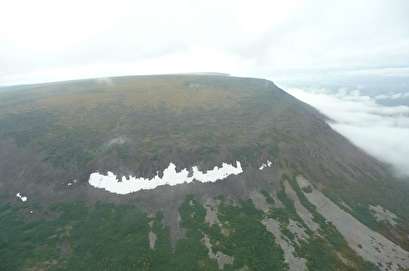TEHRAN, Feb 02 -Roughly 252 million years ago, nickel byproduct from a volcanic eruption in Siberia drifted to Australia, killing off plant life -- which kicked off the largest extinction event in Earth's history.
 TEHRAN, Young Journalists Club (YJC) -The world's largest extinction wiped out plants well before most animals, a new study says.
TEHRAN, Young Journalists Club (YJC) -The world's largest extinction wiped out plants well before most animals, a new study says.
When the Great Dying began about 252 million years ago, some plant life in Australia could have been killed off by nickel byproduct from a volcano eruption in modern-day Siberia, according to a study published this month in Nature Communication.
"That's big news," Christopher Fielding, professor of Earth and atmospheric sciences University of Nebraska at Lincoln, said in a news release. "People have hinted at that, but nobody's previously pinned it down. Now we have a timeline."
That's 400,000 years before carbon and methane from that same eruption eliminated 70 percent of animal life and 96 percent of marine life on the planet, researchers say.
"So it was a combination of circumstances," Fielding said. "And that's a recurring theme through all five of the major mass extinctions in Earth's history."
Since the area of plant extinction in Australia has no local nickel sources, the researchers knew the element must've floated over from the volcanic eruption. After traveling to Siberia, the researchers examined nickel deposits that came from the eruption lava. They figured that much of the nickel must've converted into aerosol and blown down to Australia.
When grey sediment of the volcano's ash turned red, that indicated a massive global climate shift.
Shifts from grey to red sediment generally indicate that the volcanism's ejection of ash and greenhouse gases altered the world's climate in major ways, the researchers said.
Yet that grey-red gradient is much more gradual at the Sydney Basin, Fielding said, suggesting that its distance from the eruption initially helped buffer it against the intense rises in temperature and aridity found elsewhere.
"Looking back at these events in Earth's history is useful because it lets us see what's possible," said Tracy Frank, chair of Earth and atmospheric sciences at UN. "How has the Earth's system been perturbed in the past? What happened where? How fast were the changes? It gives us a foundation to work from -- a context for what's happening now."
Source:upi
 TEHRAN,
TEHRAN,